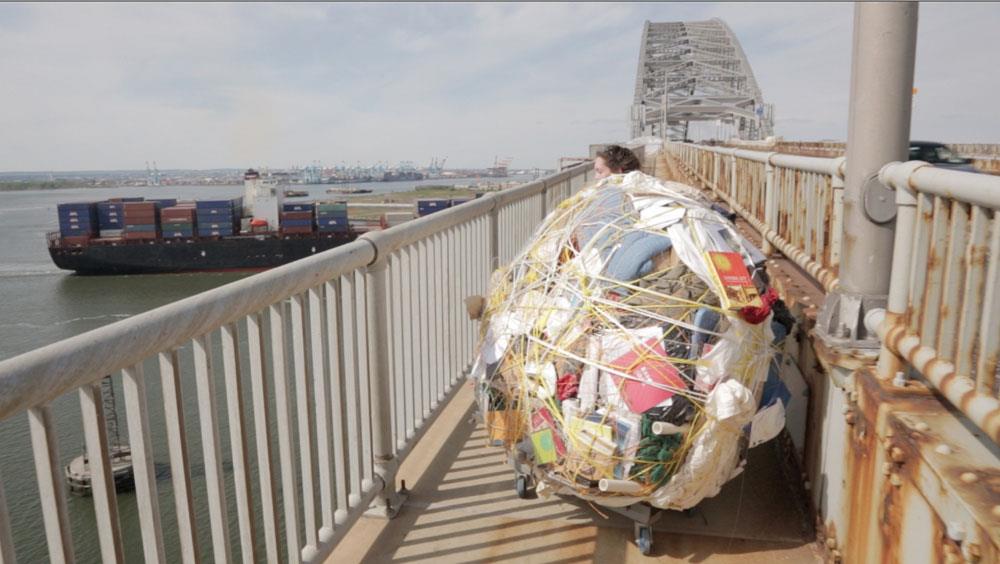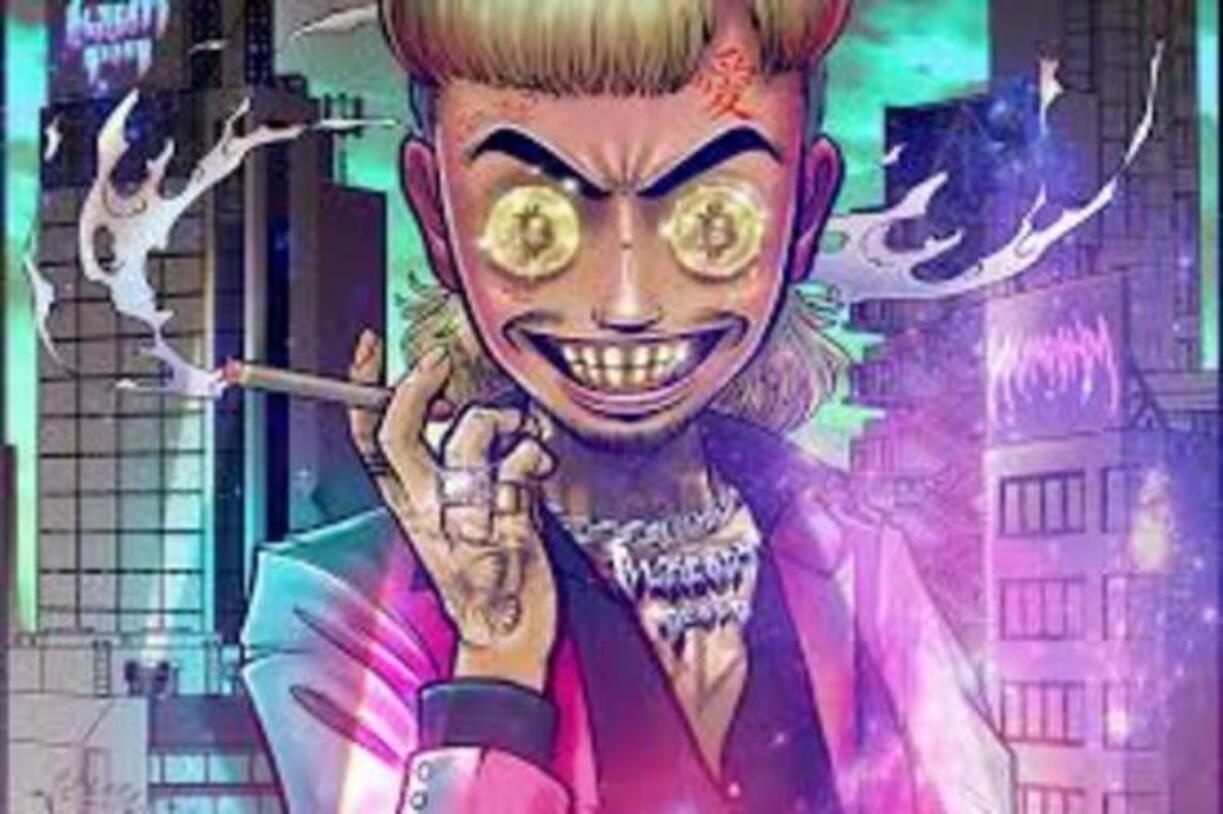
NFT Art Market In The USA: Boom Or Bubble?
Understanding NFT Art and Its Place in the Digital Art Market
At its core, NFT art represents ownership of unique digital creations, authenticated through blockchain technology. Unlike traditional cryptocurrencies, NFTs can't be exchanged for one another on a one-to-one basis due to their inherent uniqueness. This technology provides artists with a new avenue for monetization, enabling them to sell digital pieces of art as one-of-a-kind items or limited editions.
The boom of the NFT art market began around 2020 when platforms like OpenSea, Rarible, and Foundation gained traction, allowing artists to mint and sell their works directly to consumers without intermediaries. High-profile sales, such as Beeple's digital collage“Everydays: The First 5000 Days,” which fetched $69 million at Christie's, captured mainstream attention and demonstrated the potential of NFT art. This surge in interest has led to an explosion of digital art transactions across various platforms, with millions of dollars changing hands in a matter of weeks.

“Unconditional” by Sam Clover. Source: MyNorthWest. The Impact of NFTs on Traditional Art
The emergence of NFTs has sparked a dialogue about the evolving landscape of the art world. Traditional artists now have the opportunity to engage with their audience in innovative ways, including interactive digital exhibitions and limited edition digital collectibles. As galleries and institutions adapt to the new paradigm, they are beginning to recognize the value of integrating blockchain technology into their operations. This shift helps streamline the representation of artwork, ensuring authenticity, provenance, and ease of transfer.
However, the relationship between NFT art and traditional forms also raises concerns. As digital creation gains prestige, there is fear that physical art may lose its value if it can be easily replicated or overshadowed by NFTs. Collectors have begun to question what“ownership” means in the digital era while artists grapple with how to reconcile their traditional practice with new digital formats.
Mining rigs. Source: TIME The Role of Blockchain in Art
Blockchain technology serves as the backbone of the NFT art market. It enables artists to verify their works and control ownership rights while establishing authenticity. Every transaction, from creation to sale, is recorded on a decentralized ledger, making it nearly impossible to forge ownership or plagiarize art. This level of security can significantly benefit creators, who often struggle to protect their intellectual property in the digital landscape.
Moreover, blockchain facilitates the possibility of royalty payments for creators, allowing them to earn commission each time their NFT art is resold. This feature aligns with the collaborative nature of the art world, where many artists rely on a network of support to thrive. As a result, blockchain technology not only empowers artists economically but also democratizes the art market by lowering entry barriers.
Speculation and the Bubble DebateDespite all the enthusiasm surrounding the NFT art market, concerns about its sustainability abound. Much of its meteoric rise has been driven by speculation, with investors purchasing NFTs not solely for their artistic value but for the potential profit they may yield. Reports of psychological artifacts of“FOMO” (fear of missing out) have created an environment where individuals gamble on the perceived future worth of digital assets.
For many skeptics, the NFT art market feels reminiscent of the dot-com bubble in the late 1990s, when asset prices inflated rapidly before crashing. Critics argue that NFTs lack intrinsic value and caution that as more artists and collectors enter the space, oversupply could lead to devaluation. The volatility of cryptocurrencies, which often serve as the currency for NFT transactions, further complicates the situation, making it a risky investment for many.
Signs of Maturity in the NFT Art MarketThough concerns about speculation are valid, there are also signs that the NFT art market may be maturing. As artists and collectors become more discerning, there's a growing focus on quality over quantity. Curated digital exhibitions and the rise of established galleries embracing NFTs reflect a shift toward recognizing digital art as a serious medium. Additionally, artists are increasingly releasing thoughtful, innovative projects rather than a flood of low-effort, mass-produced NFTs.
Another positive indicator is the interest from traditional brands and cultural institutions. Major art fairs like Art Basel and prestigious museums are beginning to incorporate NFT art into their programming, thereby legitimizing it in the eyes of collectors and critics. Collaborations between well-known artists, musicians, and brands are creating hybrid experiences that elevate the profile of digital art while bridging the gap between physical and digital mediums.
A Future beyond SpeculationAs the NFT art market continues to shape the landscape of the digital art world, it becomes clear that this trend is more than a short-lived bubble. The convergence of art and technology, fueled by blockchain innovation, presents unparalleled opportunities for artists and collectors alike.
While challenges remain-speculative behavior, market volatility, and the need for greater public education about NFTs-there is also potential for sustainable growth. As the conversations about NFTs mature, equipping artists to navigate both the digital and traditional art landscapes, a more informed approach may emerge, allowing genuine art practices to flourish alongside digital innovation.
In the end, the evolution of the NFT art market in the USA will depend not solely on market forces but on the dedication of artists, collectors, and institutions to create a vibrant ecosystem where digital art can coexist and thrive, enriching the cultural fabric for years to come.

Legal Disclaimer:
MENAFN provides the
information “as is” without warranty of any kind. We do not accept
any responsibility or liability for the accuracy, content, images,
videos, licenses, completeness, legality, or reliability of the information
contained in this article. If you have any complaints or copyright
issues related to this article, kindly contact the provider above.
Most popular stories
Market Research

- Fitell Corporation Launches Solana (SOL) Digital Asset Treasury With $100M Financing Facility, With Focus On Yield And On-Chain Defi Innovation
- Mutuum Finance (MUTM) New Crypto Coin Eyes Next Price Increase As Phase 6 Reaches 50% Sold
- Edgen Launches Multi‐Agent Intelligence Upgrade To Unify Crypto And Equity Analysis
- Luminadata Unveils GAAP & SOX-Trained AI Agents Achieving 99.8% Reconciliation Accuracy
- Primexbt Launches Apple Pay For Seamless Deposits On Mobile
- FLOKI Funds Clean Water Wells In Africa Through Partnership With WWFA




















Comments
No comment